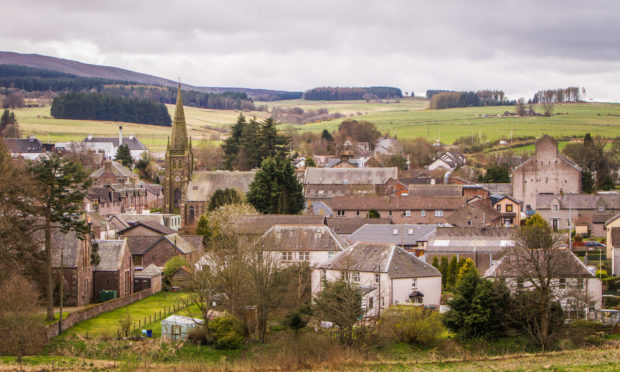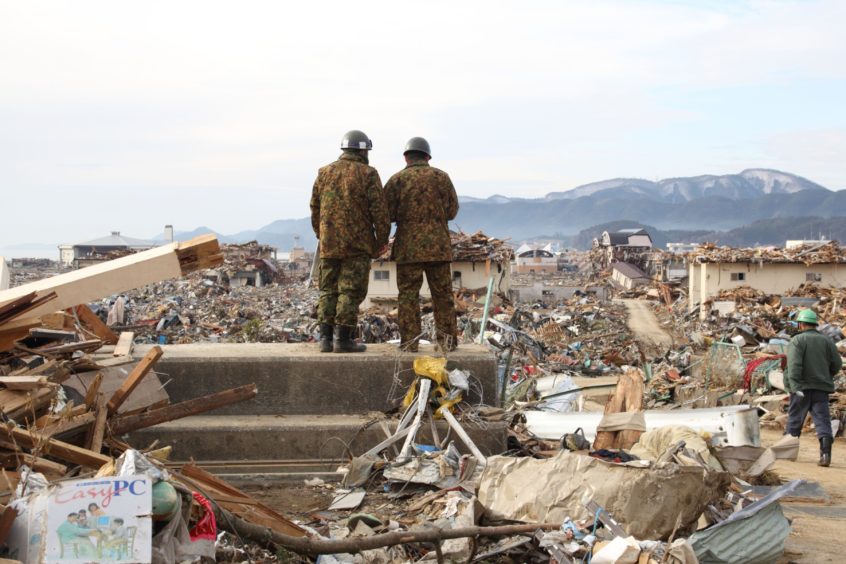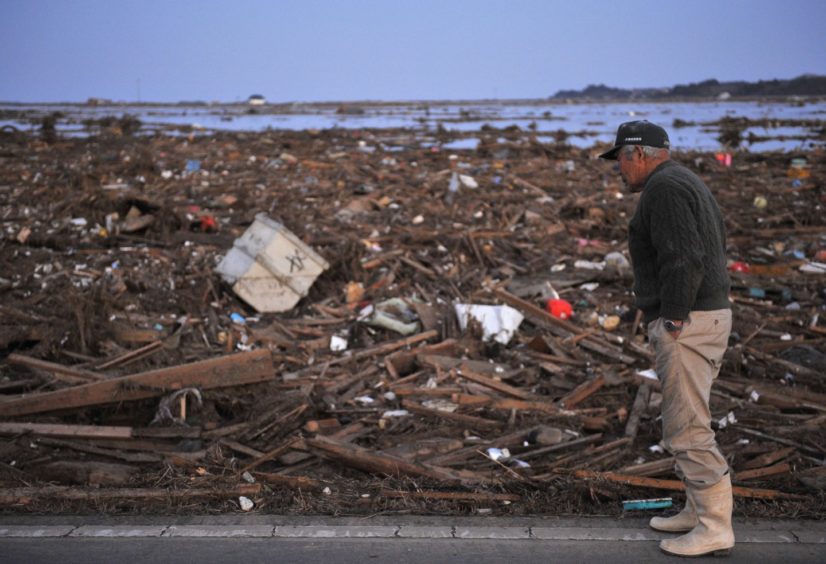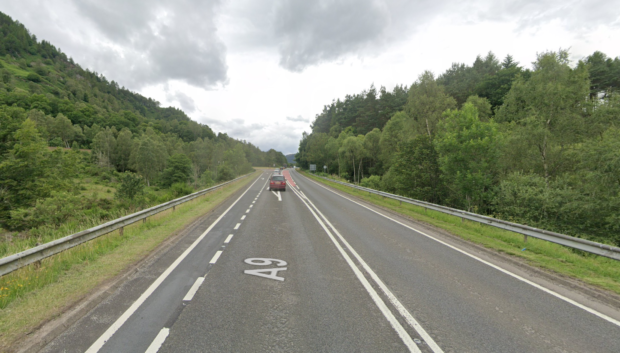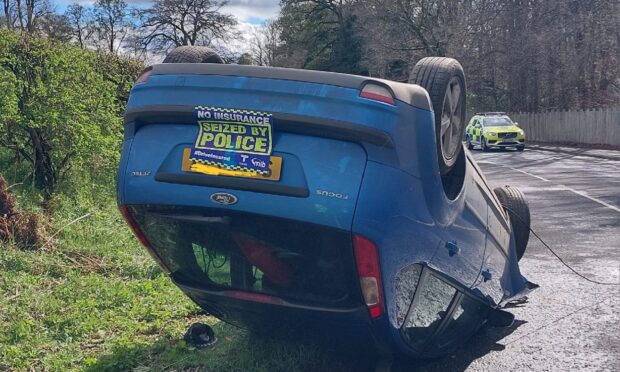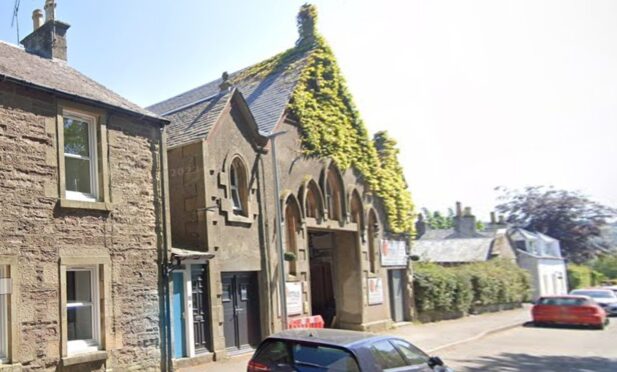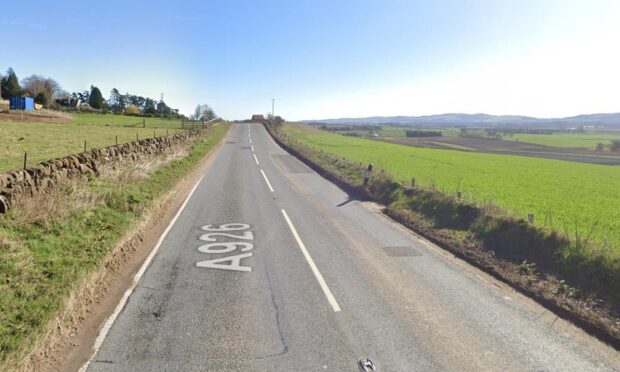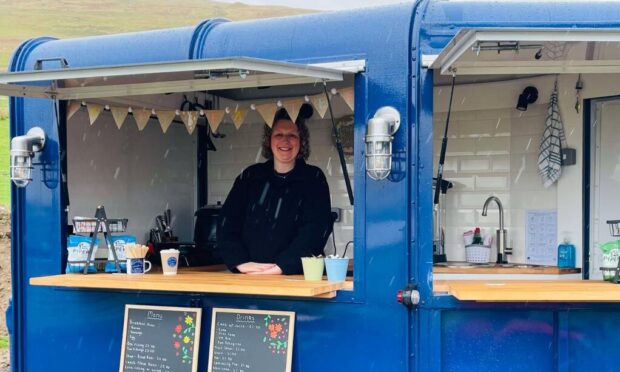A leading British seismologist has told Perthshire residents there’s no need to panic after seven earthquakes hit Blackford in just over a month.
The latest event to shake the village was a 2.5 magnitude tremor, the biggest in over a decade, which was also felt in Auchterarder, Aberuthven and Gleneagles.
The 2.5 magnitude quake happened on Sunday evening and was followed a few hours later by a 0.8 magnitude tremor.
Despite the increasing frequency, Glenn Ford, a seismologist with the British Geological Survey (BGS), insisted locals had nothing to fear from the tremors.
The largest of the Perthshire village’s tremors was six billion times smaller than the magnitude-9 Japanese earthquake of 2011 which caused a tsunami and killed nearly 16,000 people.
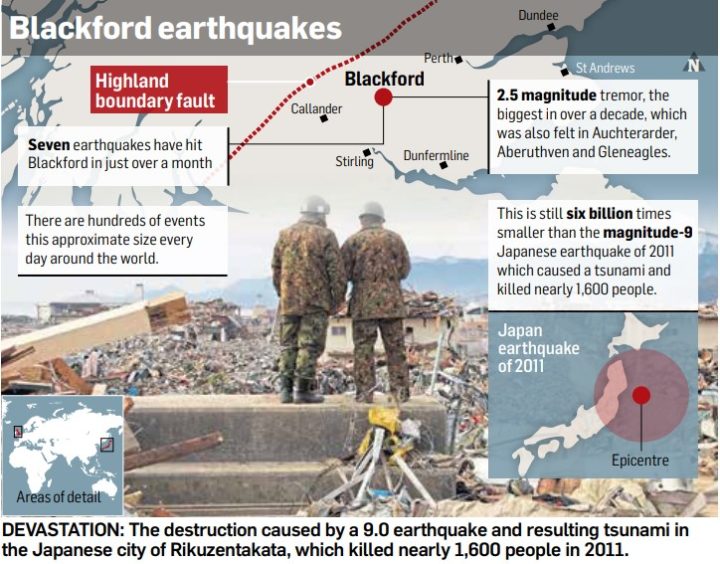
Glenn said: “Although the UK is quite a distance from the nearest plate boundaries crustal stresses do build up with the tectonic plates and these are relieved by small earthquakes occurring on old pre-existing fault planes.
“Basically just a little more stress released making them large enough to be felt.
“These recent events are still very small events.
“We get around 10 events of the largest recently observed , the 2.5, somewhere in the UK every year.
“In world terms there are hundreds of events this approximate size every day around the world.
“To help you put into context how small they are, the larger 2.5 in Blackford is over six billion times smaller than the large earthquake that occurred in Japan in 2011.”
He said the UK typically has between 200 and 300 earthquakes every year but around 90% of them were not felt by the general public.
He added: “The recent activity in the Blackford area is noticeable as some of the events have been large enough for members of the public to feel these small earthquakes.
“Its an area that is constantly experiencing events and we have over 800 earthquakes within 25 km in our database going back hundreds of years.”
Blackford sits around 28 kilometres north of Comrie which is nicknamed Shaky Toun and home to Earthquake House which was built in 1869 as a tremor observation centre and is now a local tourist attraction.
